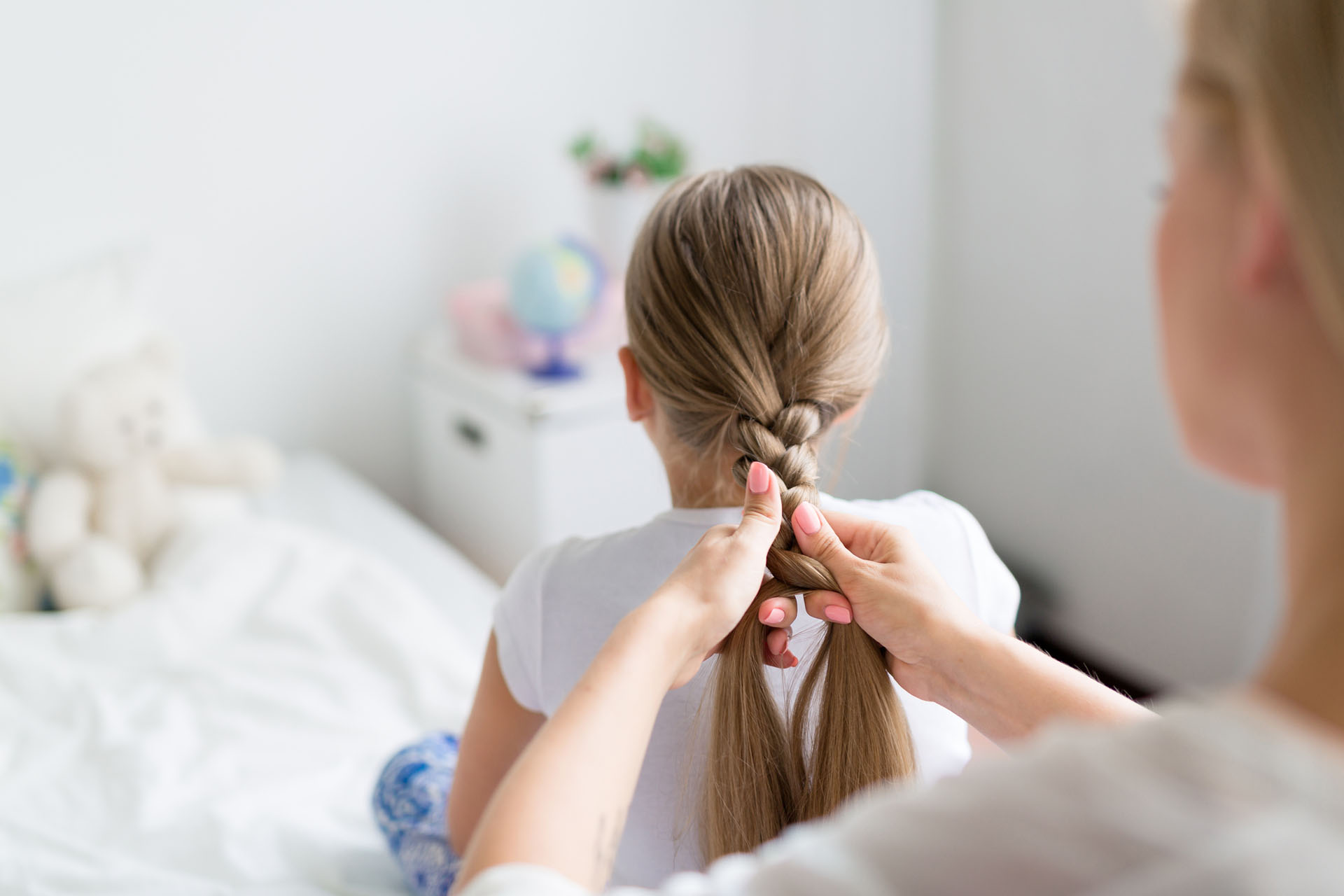School
4 min Read
Lice Happens. Here’s How To Treat It

February 28, 2019
School
4 min Read

February 28, 2019

Back-to-school signals the end of summer fun with those first days spent catching up with friends and sharing summer experiences. Sometimes our kids share something else—lice!
Lice infestations peak in September (head lice prevention month) when school children return from summer camps and activities where there has been close contact. Lice are tiny, wingless, parasitic insects. They are not dangerous and they don’t spread diseases. They are a nuisance for kids and an annoyance for parents, but a concern for schools because they can affect many kids quickly.
Lice are not a sign of poor hygiene. No socioeconomic class, age, hair type and length is immune. Lice can’t jump or fly. They are spread primarily through hair-to-hair contact, but also when personal items are shared (such as hats, towels, headphones and hair accessories). Some schools do routine lice checks in September, either using commercial services or a group of informed and helpful parents (many with first hand experience!).
If your school doesn’t do these, one of the first clues your child may be infected is head scratching or complaints of a tickling feeling on the scalp. Looking more closely on the scalp, ideally in natural light, you may be able to see some sesame-seed-sized, flat insects. They move fast and often scurry away behind the ears, neckline and top of the scalp where they feed on blood drawn from skin.
What’s more noticeable are the fixed, little eggs (called ‘nits’) that are brownish in colour, about the size of a grain of sand and are stubbornly attached to individual hair shafts. These eggs hatch within one to two weeks of being laid as baby ‘nymphs’ and then after one to two weeks become adult lice. If untreated, the cycle repeats every three weeks.
Consult your pharmacist on hair products that are safe and effective. Most require careful combing of wet, conditioned hair with a fine-toothed lice comb to remove nits. Here’s how:
Your child does not need to see a doctor to be‘diagnosed ‘ unless they are under two years old, have allergies or if the treatment selected doesn’t work (common when kitchen remedies such as mayonnaise or oils are used in an attempt to suffocate lice), or if redness, crusting or pus arise which may signify a bacterial infection requiring antibiotics. Oral medications are only rarely used when needed to treat very resistant lice.
Public health departments and schools no longer support a ‘no nit’ return to school policy. Once treated with an effective product and properly combed, children can return to school the next day with sensible precautions and education about combing and maintenance. To prevent a re-infestation:
The key to successful lice removal is patience. Following these guidelines will help keep lice out of shared summer memories!
Janine Flanagan is a pediatrician at St. Joseph’s Health Centre and The Hospital for Sick Children in Toronto. Her three kids go to camp (and one has come home with lice).
Originally published in ParentsCanada magazine, August/September 2016. Photo by iStockphoto.